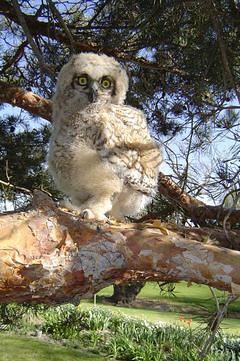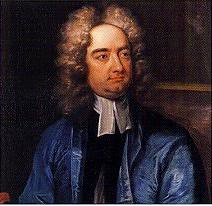Entertainment: TourismRomania: Dracula in Transylvania, and the Hungarian Reformed culture in Cluj Napoca, Transylvania, Romania
Exclusive Romania Tours (commercial website)
from them (just above) I borrowed their excellent and indigenous representation of Dracula as the Devil incarnate, perhaps influenced by seeing movies or reading books, especially given that the Count Dracula's alleged species — namely, Vampire — was a symbolic system that found itself renewed in the movies by a new film made in tribute to Bram Stoker's classic novel (1897, Irish author), the movie Bram Stoker's Dracula (1994). The graphic below is used to advertize this cultural zone in which the Hungarian Reformed Church in Transylvania, a territory now assigned to the country of Romania, is a leading element of the religious minority of the Protestant Reformed Calvinian churches that were and remain treated so sneeringly by the Romanian Orthodox leaders who oppose the very existence of the Reformed people and their parishes, their language, and their internally-organized institutions to preserve their culture, the minority can justfiably say. In the discussion below, I woud prefer to call the Dracula story "legendary" (rather than "mythic"), and Mary Wollstonescraft Shelley's imaginative creation burst on the world as a mass-circulated papercover novel. She had dutifully read her Milton and her Bible, upon both of which she drew for her depiction of the Dracula, as originating in a pre-human or parallel species or ... a parasitic blood-thirsty other species of dubious origins.
Dracula, Myth vs History
Count Dracula, a fictional character in the original Dracula novel by author Bram Stoker (Irish Republic origins), was inspired by one of the best-known figures of Romanian history, Vlad Dracula, nicknamed Vlad Tepes (Vlad the Impaler), who was the ruler of Wallachia (south of Transylvania) at various times from 1456-1462. Born in 1431 in Sighisoara, he resided all his adult life in Wallachia, except for periods of imprisonment at Pest and Visegrad (in Hungary). The original Dracula interface character, interface between historicity and literary acumen, the historical being dead before the birth of John Calvin (1509-1564). So the Count Dracula is cast as born before the Hungarian Reformation and the establishment of the Reformed Church in Transylvania under the sponsorship of various educated counts and dukes among the mainly noble familyheads of the Austro-Hungarian Empire. That was part of a pattern in many parts of Europe, where nobility seeking freedom of conscience from the kings and convinced by Calvinist precepts, actually turned around to sponsor the Reformation of their domains and landed estates. For more information about Bram Stocker's Dracula Novel please visit www.literature.org/authors/stoker-bram/dracula/
For more information about the Reformed Church in Romania (a minority in an overwhelming majority population of Romanian Orthodox citizens, many of them only nominally so, please visit Transylvania - Wikipedia, the free encyclopedia.
Hence, the tendency of Hungarian Roman Catholics and Hungarian Reformeds to occur in demographically dense thru to tiny presences. Here's an example, somewhat dated but suggestive, a starting point for further comparative sociological-philosophical Christian reflection:
Current population
The 2002 Romanian census classified Transylvania as the entire region of Romania west of the Carpathians. This region has a population of 7,221,733, with a large Romanian majority (75.9%). There are also sizeable Hungarian (19.6%), Roma (3.3%), German (0.7%) and Serb (0.1%) communities.[66][67] The ethnic Hungarian population of Transylvania, largely composed of Székely, form a majority in the counties of Covasna and Harghita.EconomyTransylvania is rich in mineral resources, notably lignite, iron, lead, manganese, gold, copper, natural gas, salt and sulfur. There are large iron and steel, chemical, and textile industries. Stock raising, agriculture, wine production and fruit growing are important occupations.Timber is another valuable resource. Transylvania accounts for around 35% of Romania's GDP, and has a GDP per capita (PPP) of around $11,500, around 10% higher than the Romanian average.
- Romanians : 87.14% (49% in 1850)
- Hungarians : 7.97% (40% in 1850)
- Roma : 4.57% (10% in 1850)
- Others : 0.32%.



 >br>
>br>









No comments:
Post a Comment